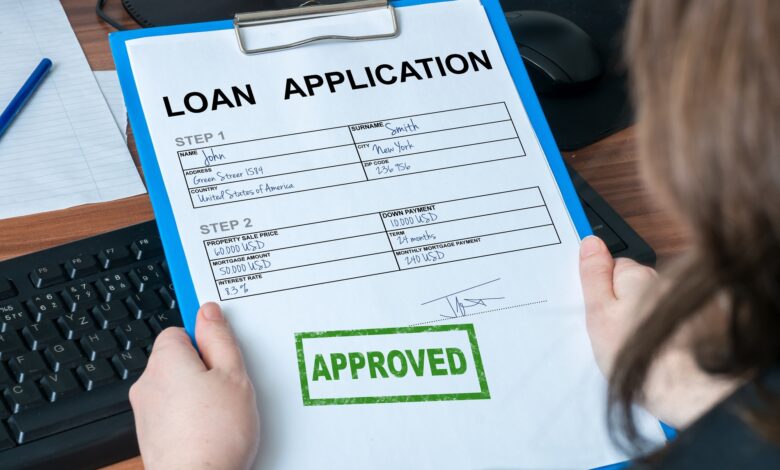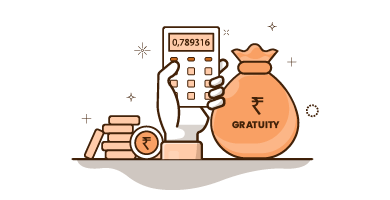How to Provide Proof of Income as a Self Employed Individual

As of 2020, about 30% of Americans work for themselves. That’s 44 million people who are in control of their income. Despite this number rapidly growing, lenders, creditors, and other financial institutions aren’t keeping up.
The problem with this is that they aren’t prepared for working with self-employed professionals. When asking for proof of income, it becomes a challenging chess game of determining what’s accepted and what’s not.
This guide will help you provide proof of income as a self-employed individual.
What Is Proof of Income?
The first step is understanding what proof of income is. This is official documentation that shows your financial earnings during a particular time period. Creditors, insurers, banks, lenders, credit card companies, and mortgage companies will ask for these documents before doing business with you.
What’s Typically Accepted as Proof of Income
When you work for a single employer with a fixed salary, you can easily provide a pay stub, W2, or offer letter. These are all commonly accepted as proof of income. It can be slightly harder when you are self-employed and don’t have these documents.
The key to providing proof is to keep an up-to-date and accurate record of your income. Then you have all of the data in one place, ready for reporting when you need it.
Annual Tax Returns
Your annual tax returns are accepted as concrete proof of your income. The assumption is that you are honestly reporting your full income to the IRS. If anything, your income reported on your tax return may be low since self-employed people aren’t required to report income below a certain amount.
An alternative to providing your annual tax return is to provide your 1099 and 10099-K forms. These are provided by your client when you get paid over a certain amount in a year.
Bank Statements
Your bank statements should show all of the money you make coming into your bank account. The catch is that your bank statement will also show all of your personal finances in detail. This may be more information than what you want to share.
Consider setting up a business bank account for your professional income. This will streamline the transactions and keep your personal expenditures private.
Profit and Loss Statement
A profit and loss statement is a report that you create in the management of your freelance career. You should create it for your own financial tracking. If you’ve never created a profit and loss statement, then you can use software that templates the process.
You can use a pay stub maker to track how much money you get paid. This will track the money you earn from each client. Then you’ll want to have an expense report tracking the costs you incur as a freelancer.
Provide Proof of Income as a Self-Employed Individual
You have enough to think about with your freelance career. Spending hours crunching numbers to provide proof of income as a self-employed individual shouldn’t be how you spend your time. This will throw your work-life balance out of whack.
Check out our other finance articles for more helpful advice on money and financial planning.






